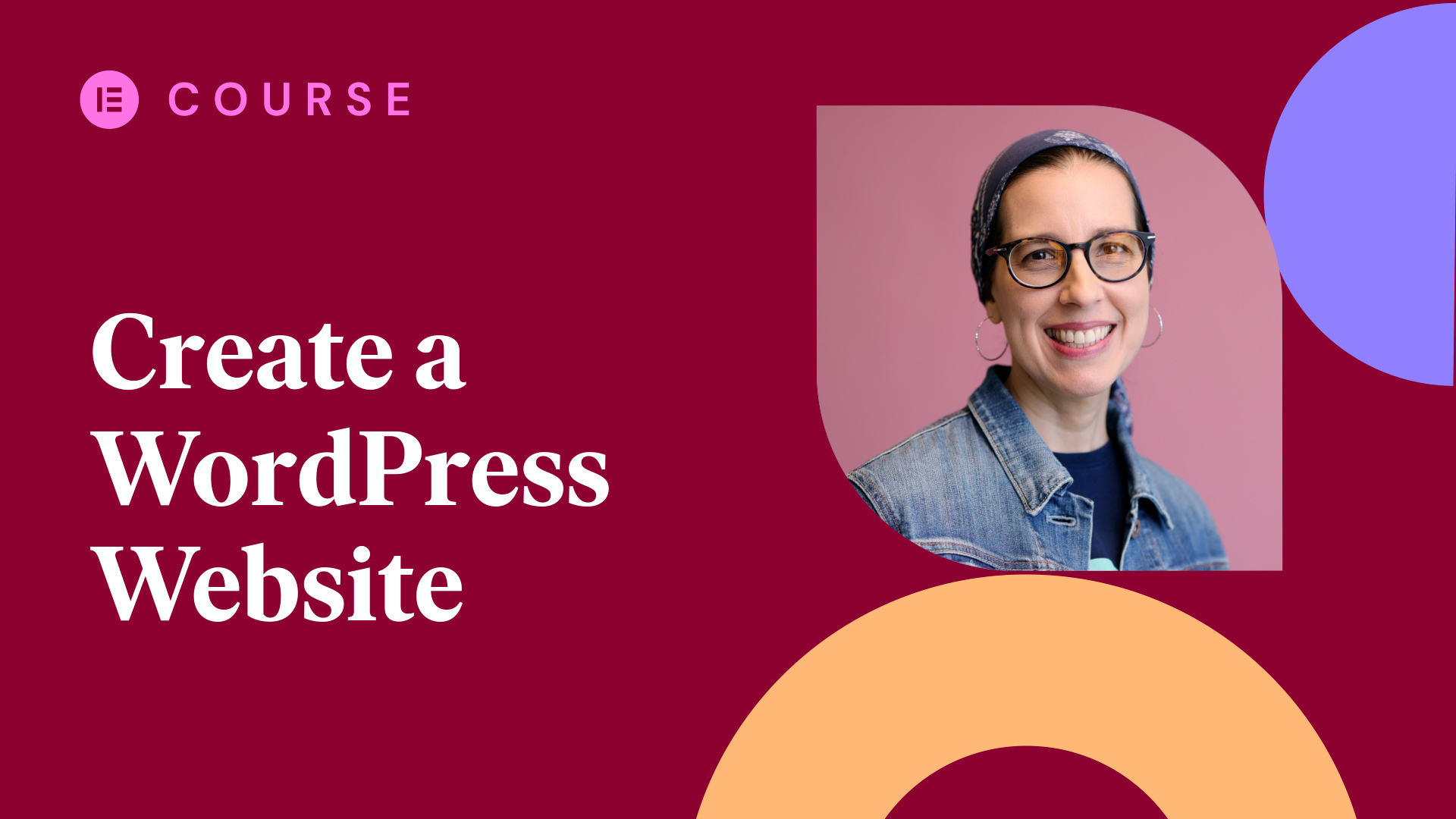In this Monday MasterClass, we set up a staging site in a local environment where we can make changes to our site, test plugins and updates without risking any harm to our live/production site. This episode covers a lot of valuable web-building information for all levels looking to learn how to: – Set up a backup job for your WordPress website – Install Local by Flywheel and set up a local staging environment – Load and launch a backup version of your site on your staging environment – Create a blueprint
just between us are you still tinkering
and testing on your live site well you
shouldn’t be because that is exactly
what staging is for staging is what we
call an environment that we create where
we can experiment and test our website
before it goes live so that your active
site is not affected it allows you to
fix things like bugs and plug-in
conflicts imagine being able to quickly
push the changes you’ve made to your
live site and never risk downtime so if
you’ve always wondered how or felt that
it might be too complicated
this Monday master class will be showing
you how easy and fun it is to set up a
staging environment for your WordPress
website so much so that we wouldn’t be
surprised if you enjoyed it so much you
spent your time experimenting all night
long like some mad scientist
you see staging has several other
advantages for example if you’re using a
local installation on your computer it
makes working on WordPress super fast
because you won’t be relying on your
internet connection so let’s get started
with staging
[Music]
there are many ways to create your
staging environment
several major hosting platforms like WP
engine or SiteGround offer services that
create an online staging environment
where you can try stuff out on site
before publishing it you could also use
a plugins such as WP staging or WP
stagecoach to do the same thing there
are of course pros and cons to both just
as there are pros and cons to creating
an online staging environment versus a
local environment today we’ll be setting
up a local staging environment to test
our sites in the comfort of our personal
computer by using a tool called local by
flywheel so far all we’ve done is gone
to the local buy flywheel web site and
of course we’ll be adding the link in
the show story below we’ve downloaded
their free application to our computer
we’ll be using a Mac but local also
works on Windows but first we should
clarify the main or practical difference
between an online environment or staging
site and a local environment let’s say
you’re developing a new medicine or drug
the best place to develop it would be in
a laboratory where you can have complete
control of the environment and the
materials later once we’ve got it
working it’s ready to go to its first
trials where we test the drug on
subjects when it comes to website
building the local environment is our
lab it’s where we have the highest level
of control that we could hope for
the online environment is more like the
trial phase it’s where the environment
is less predictable and offers more
realistic and practical variables there
has been a lot of discussion in the
elements or community about staging and
since some of you have asked how we do
it we thought we’d show you now most of
us here at elements are used local by
flywheel because it’s simple to use it’s
WordPress dedicated and it’s good and
reliable it is a little heavy but our
designers and website builders have no
complaints so far and that’s because we
like the fact that we can create both a
local and online environment
using the flywheels hosting features and
easily move our data back and forth
between them now once it’s downloaded
we’ll install it as you can see it
launches automatically and there’s a
nice introduction to the tool here and
there we are our local environment is
set up the next thing to do would be to
upload our site
this is the site that will be
replicating in our staging site most of
you will probably recognize it as one of
elementals latest templates the
portfolio site template what we want to
do now is backup this site all of its
pages all the data the plugins the
themes everything and zip it into a
backup file there are some great plugins
out there such as updraft and backup
buddy that can do all of this only we
prefer to use back WP up and we’ll be
posting a link to this to in the show
notes below we’ve already installed this
plug-in exactly the same way that you
would any other plugin and then we need
it to set up a job to do this we’ll go
to the back WP up tab and select add new
job in the general tab will give our
backup job a name there’s just a little
too much info in the archive name string
so I’ll just remove the hour minute and
seconds and we want our backup to be
stored in a folder now in the schedule
tab we want to leave it set to manually
only here in the database backup tab you
can use the default settings or read
through the lists of options and decide
what you want or don’t want to backup
now bear in mind it would probably be
best not to backup unnecessary data that
will take up space and slow us down the
same goes for items that we select in
the files tab there’s no point in
backing up things like themes or plugins
that we’ll never use in this site so
we’ll just mark them to be excluded from
the backup in the plugins tab I’ll just
select the plug-in backup to be stored
in a zip file and finally in the folder
tab I’ll keep the folder location but as
I don’t want to have as many as 15
backup files stored there at a time I’ll
limit it to two and click on Save
Changes
with our new job created we’ll go to our
jobs list and below our job will select
the option to run now and there it goes
once we’ve finished creating a backup
file we’ll go in to our backup library
and download it
then we’ll take the downloaded file drag
and drop it into the local window click
continue and watch as it automatically
loads up our backup now we have a backup
of our entire WordPress account
installed on our local staging
environment one thing we would suggest
is that you go to the SSL tab here and
make sure that under certificate the
local bypass URL is trusted we do this
so that when we click on the admin
button here local launches a tab in our
browser with an exact copy of our
wordpress account the dashboard is
exactly the same so that we can make
changes repairs all within a kind of
isolated environment that is still
connected to the Internet to allow us to
update data plugins and themes here
first without risking anything happening
to our live version of the site of
course we can add more sites and
WordPress accounts to local using the
add button here we’ll enter the name of
our site as you can see in the Advanced
Settings we have the option to change
the local site name and path but the
reason we’re taking the time to look at
this right now is the blueprint option
it’s very similar to elementals option
to save and no designs as templates or
global widgets it’s a very helpful way
to provide the basic set up with all the
settings and plugins that we routinely
use in an instant and we can do that by
alt clicking on the site that we would
like to use as a blueprint then select
the save as blueprint option will give
our blueprints a name and then click the
save as blueprint button now local
creates a blueprint that we can use in
the future once we’ve made our changes
and updates in our staging environment
we need to upload the new corrected
version of our site and make it live
it’s not at all a difficult procedure
but we felt that this subject deserved
an entire masterclass dedicated to it
and that masterclass will be available
next week and that is how you set the
staging environment locally now be sure
to tune in next week when we’ll be
following up with a mini master class to
show you how to move your
cite from the local environment so the
live production site we hope that having
seen how simple it is to set up a
staging environment for your WordPress
sites you’ll start using it and gaining
from all its advantages now once you get
used to working this way it will become
second nature you’ll probably start
nagging other colleagues that they
should get on board and start using
staging for their websites a bit like we
did speaking of which don’t forget to
click the subscribe button and tap that
Bell to be sure that you never miss out
on a master class like this one and of
course that you don’t miss out on the
mini master class next week as always we
hope that you’ve enjoyed this and found
it interesting and inspiring and of
course we’d appreciate any comments and
criticism that you may have and any
advice for other users after all our
goal is to be the best at helping others
excel at their craft thanks for watching
Cheers
[Music]




